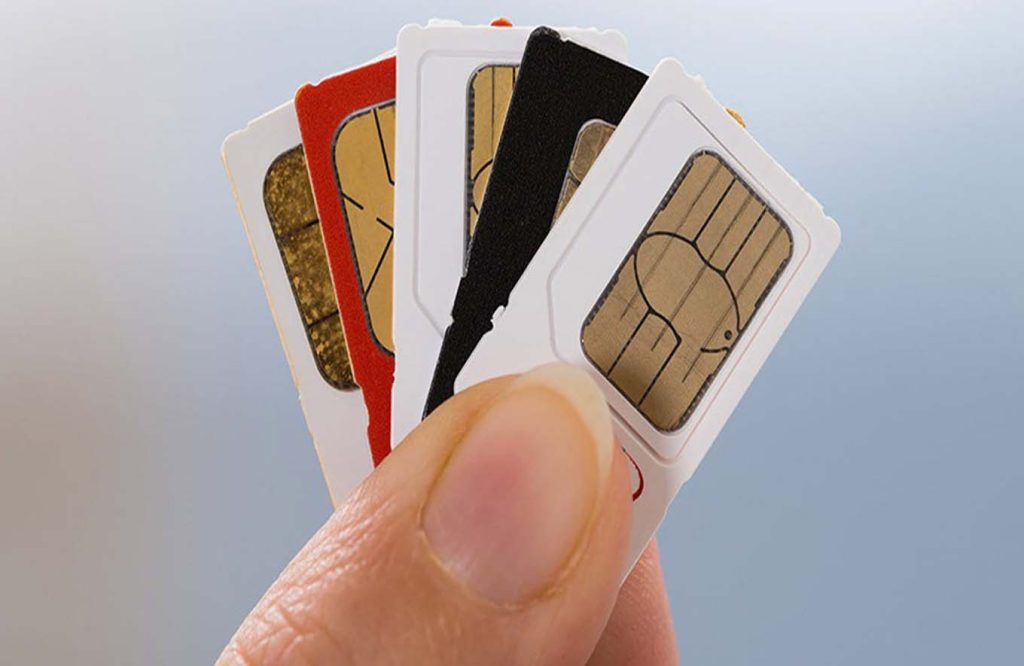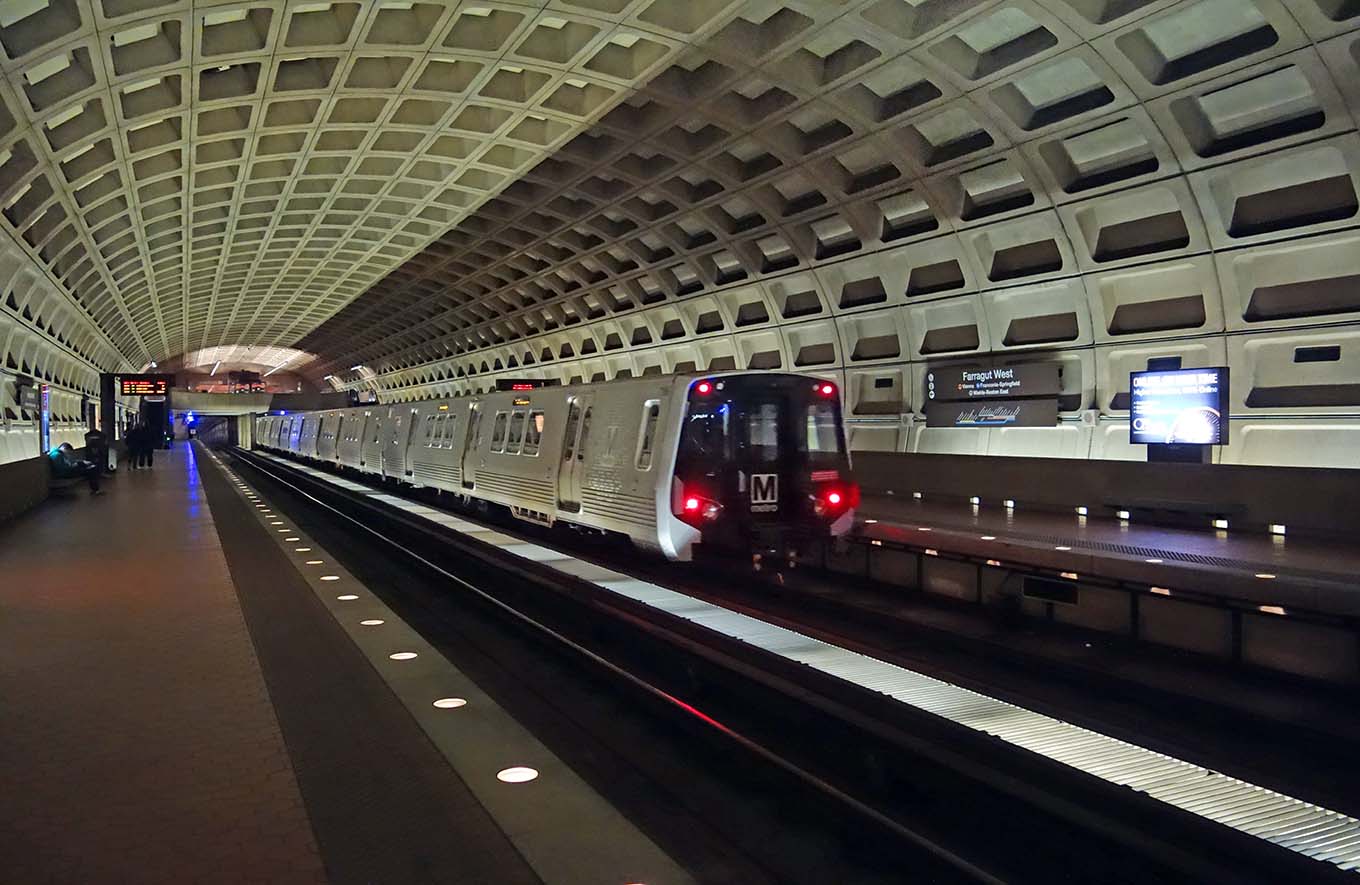As a seasoned traveler, I’ve learned that every city presents its unique set of challenges and delights. Washington, D.C., is no exception. Its rich history, vibrant culture, and political significance make it a fascinating destination. During my recent trip, I encountered several common questions that travelers often have about visiting the nation’s capital. Here, I’ve compiled practical tips and advice based on my firsthand experiences to help you make the most of your Washington, D.C. adventure.
🌍 Explore the World on a Budget! 🌍
Embark on seamless adventures with these fantastic offers:
• Expedia : Experience effortless travel with Expedia and take advantage of affordable flights to numerous destinations.✈️
• Hostelworld :
Compare hostel prices worldwide on Hostelworld and discover accommodations that match your budget.🛌
• Avis : Discover the world with Avis's affordable car rental options.🚗
Start your adventure today and make the most of your travels! 🗺️
How Do I Get Around the City?
Public Transportation:
Washington, D.C. boasts an efficient and user-friendly public transportation system. The Metrorail and Metrobus are the primary modes of transport.
- Metrorail: The Metro is a convenient way to travel between major attractions. The lines are color-coded (Red, Blue, Orange, Silver, Green, and Yellow), making navigation straightforward. Purchase a SmarTrip card for easy access and discounted fares. Stations are clean, and trains run frequently. One tip: avoid rush hours (8-9 AM and 5-6 PM) to miss the commuter crowd.
- Metrobus: The bus system complements the Metrorail, reaching areas not serviced by the train. Buses are reliable, and routes cover the entire city and suburbs. For bus schedules and routes, use the WMATA website or app.
Biking and Walking:
The city is bike-friendly with numerous bike lanes and the Capital Bikeshare program, which offers short-term rentals. With over 600 stations, you can easily pick up and drop off bikes. Walking is also a great way to explore, especially around the National Mall where many attractions are close to each other.
Ride-Sharing:
Services like Uber and Lyft are widely available and useful for trips where public transport might be less convenient. They’re also a good option late at night when public transport might be less frequent.
Tip: Always check for traffic updates and plan your route accordingly. D.C. traffic can be unpredictable, especially during peak hours and special events.
What Should I Pack for My Trip?
Clothing:
Washington, D.C.’s weather can vary significantly with the seasons.
- Spring and Fall: Layers are key. Pack a mix of long-sleeve shirts, sweaters, and a light jacket. These seasons are mild but can fluctuate.
- Summer: Light, breathable fabrics are essential. Temperatures can soar, so shorts, T-shirts, and a hat are advisable. Humidity can be high, so consider moisture-wicking clothing.
- Winter: A heavy coat, gloves, and a hat are necessary as temperatures can drop significantly. Snow is possible, so check the forecast and prepare for cold conditions.
Essentials:
- Comfortable Walking Shoes: You’ll be on your feet a lot, especially around the National Mall and museums. Choose shoes that are broken in and provide good support.
- Reusable Water Bottle: Staying hydrated is important, and there are plenty of water fountains around the city. The National Mall, for instance, has several refill stations.
- Sunscreen and Sunglasses: Particularly important in summer and during long days of sightseeing.
- Portable Charger: With so much to explore, your phone battery might drain quickly. A portable charger can be a lifesaver for navigation and taking photos.
Where Can I Exchange Currency and Get a SIM Card?

Currency Exchange:
The U.S. dollar (USD) is the local currency. While credit and debit cards are widely accepted, having some cash is handy for small purchases.
- Exchange at Home: I found it convenient to exchange some currency before traveling. Banks often offer competitive rates.
- ATMs: These are plentiful throughout the city and often offer the best exchange rates. Look for ATMs from reputable banks to avoid high fees.
- Currency Exchange Booths: Available at airports and in some hotels, though the rates can be less favorable. I noticed that Travelex booths at the airport had higher fees compared to ATMs.
SIM Cards:
Staying connected is essential for navigation and communication.
- Airport Kiosks: Convenient but often more expensive. I saw several options at Dulles International Airport, but prices were steep.
- Retail Stores: I purchased a prepaid SIM card from a T-Mobile store downtown, which offered various plans at reasonable prices. Other good options include AT&T and Verizon stores.
- Online: Some travelers prefer ordering a SIM card online before their trip. Companies like SimCorner and SIM Options provide international travelers with SIM cards that can be shipped to your home before you leave.
Tip: Consider getting an unlimited data plan if you plan to use navigation apps, social media, and other data-intensive services frequently.
What Are Some Local Etiquette Tips?
Tipping:
Tipping is customary in the U.S. A 15-20% tip is standard in restaurants. For other services:
- Hotel Staff: $1-2 per bag for bellhops, $2-5 per day for housekeeping.
- Taxis/Ride-Share: 10-15% of the fare. I used Uber frequently, and the app makes it easy to add a tip.
- Tour Guides: If you take a guided tour, a tip of $5-10 per person is appreciated.
Politeness:
Americans value politeness. Simple phrases like “please” and “thank you” go a long way. Holding doors open for others and saying “excuse me” in crowded places are also common courtesies.
Personal Space:
Maintain an arm’s length distance during conversations. It’s a cultural norm respected by most. Avoid standing too close to others in lines and public places.
Crossing Streets:
Always use crosswalks and obey pedestrian signals. Jaywalking is frowned upon and can be dangerous. D.C. drivers are generally aware of pedestrians, but it’s best to follow traffic rules to stay safe.
Local Laws:
Respect smoking bans in public places, and be mindful of noise levels, especially in residential areas.
Experience:
During my visit, I observed how locals interacted and followed suit. For example, I noticed that people consistently thanked bus drivers when getting off, a small gesture that seemed to be well-appreciated.
What Are the Must-See Attractions?
1. The National Mall:
This iconic area is home to numerous monuments and museums.
- Highlights: Lincoln Memorial, Washington Monument, and the Smithsonian Museums. Each offers a unique glimpse into the nation’s history and culture.
- Tips: Visit early to avoid crowds and wear comfortable shoes. The National Mall is expansive, and you’ll be walking a lot. I found that starting my day at the Lincoln Memorial and working my way down the Mall was an efficient route.
2. The U.S. Capitol and Library of Congress:
- Highlights: Guided tours of the Capitol and exploring the Library’s stunning architecture. The Capitol offers insights into the legislative process, while the Library of Congress houses a vast collection of historical documents and books.
- Tips: Book tours in advance through official websites and allow extra time for security screenings. The Library of Congress offers a fascinating exhibit on American history and culture.
3. Georgetown:
A historic neighborhood with cobblestone streets, boutique shops, and waterfront views.
- Highlights: Shopping on M Street, dining by the Potomac River, and exploring historic homes. The C&O Canal offers a scenic walking route through the heart of Georgetown.
- Tips: Georgetown is not directly accessible by Metro, so consider taking the Circulator Bus or a ride-share service. Walking around Georgetown at night, with its well-lit streets and vibrant atmosphere, is particularly enjoyable.
4. The National Zoo:
Part of the Smithsonian Institution, this zoo offers free admission and is home to the famous giant pandas.
- Highlights: Panda Habitat, Great Cats, and Elephant Trails. The zoo’s layout allows for easy exploration, and the animals are well cared for.
- Tips: Arrive early to see the animals when they’re most active and to avoid crowds. The zoo is large, so plan to spend at least half a day here. There are several cafes and rest areas within the zoo, making it a comfortable visit.
What Are the Best Street Foods to Try?
1. Half-Smokes:
A local specialty, these spicy sausages are often served with chili. I enjoyed a delicious half-smoke at Ben’s Chili Bowl on U Street, a historic eatery. The combination of the smoky sausage and rich chili was unforgettable.
2. Food Trucks:

D.C. has a vibrant food truck scene offering diverse cuisines. I sampled gourmet tacos from a food truck near Farragut Square and a delectable lobster roll from another near the National Mall.
Safety Tips:
- Choose vendors with visible health inspection certificates. Most reputable food trucks display these prominently.
- Ensure food is freshly prepared and served hot. Avoid anything that looks like it’s been sitting out for a while.
- Carry hand sanitizer for use before eating. Street food can get messy, and it’s good to clean your hands before digging in.
How Do I Plan My Itinerary and Budget?
Sample Itinerary:
Day 1:
- Morning: Visit the National Mall and its monuments.
- Afternoon: Explore the Smithsonian museums.
- Evening: Dinner in Georgetown.
Day 2:
- Morning: Tour the U.S. Capitol and Library of Congress.
- Afternoon: Visit the National Zoo.
- Evening: Attend a free event or concert. Check local listings for free concerts at the Kennedy Center or other venues.
Day 3:
- Morning: Explore the historic streets of Georgetown.
- Afternoon: Visit the International Spy Museum. This museum offers interactive exhibits and a fascinating look into the world of espionage.
- Evening: Enjoy street food or a local restaurant. Try a new food truck or visit a recommended local eatery.
Budgeting Tips:
- Set a daily budget for food, attractions, and transportation. Plan ahead by researching average costs and setting realistic limits.
- Use public transportation instead of taxis or ride-shares. The Metro and bus systems are efficient and economical.
- Look for free activities and events, such as visiting Smithsonian museums. Many museums and attractions in D.C. are free, allowing you to explore without breaking the bank.
Travel Insurance:
Investing in travel insurance provides peace of mind. It covers unforeseen events like medical emergencies, trip cancellations, and lost luggage. I used World Nomads, which offers comprehensive coverage for a reasonable price. Compare different policies to find one that best suits your needs.
Washington, D.C. is a city that captivates with its history, culture, and vibrant atmosphere. By preparing appropriately, understanding local customs, and planning your itinerary, you can enjoy a fulfilling and budget-friendly trip. My journey through D.C. was enriched by the diverse experiences and the warm hospitality of its people. Whether you’re a history buff, a foodie, or an outdoor enthusiast, Washington, D.C. offers something for everyone. So pack your bags, plan your visit, and get ready to explore the capital of the United States!



